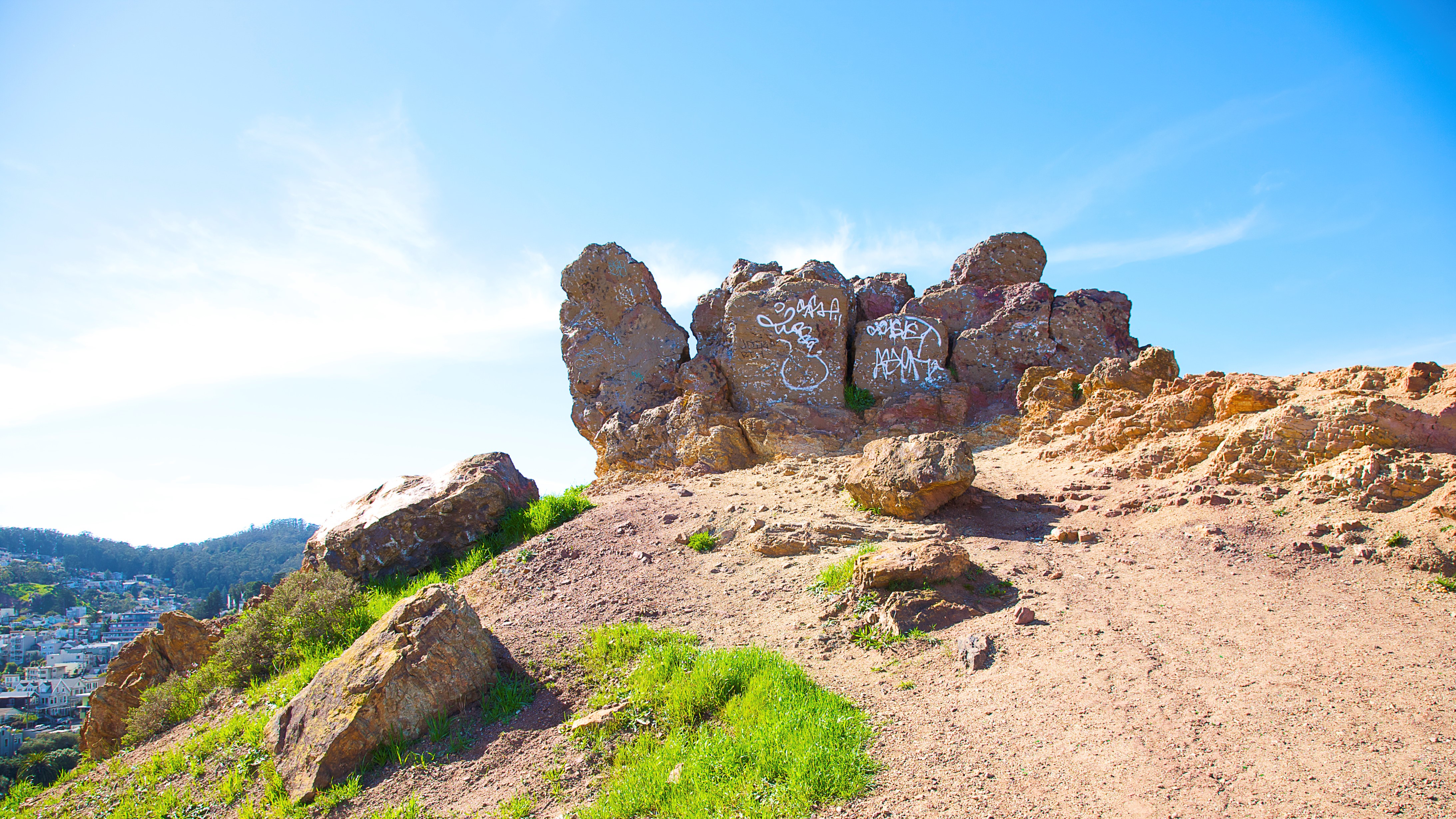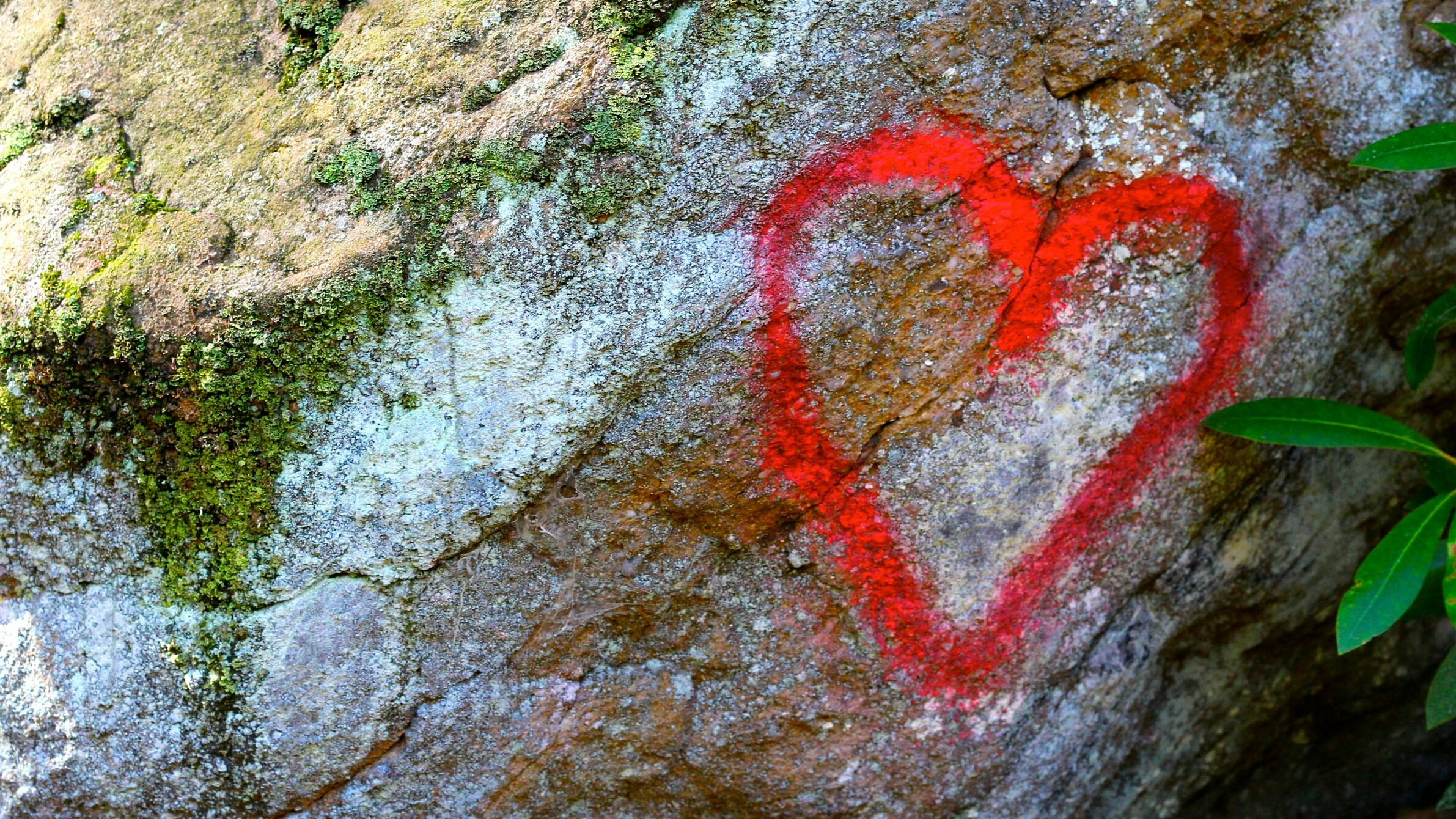Yes, graffiti is bad for the environment – stop tagging wild spaces
Graffiti is an ongoing problem at US National Parks and it’s not just unsightly – it’s bad for the environment too

It’s surprising how often you hear about National Park rangers hunting for vandals who have spray painted our cherished natural spaces, isn’t it? You probably assume that most other visitors to protected lands and wilderness areas are there purely to enjoy the scenery and are committed to the principles of Leave No Trace, but as we’ve previously reported, graffiti is an ongoing problem at US National Parks. In fact, it's a common occurrence at some of the most beautiful spots in the country such as the Grand Canyon, Zion and Yosemite, where officials reached out to the public for help finding vandals after around 30 tags were found in the park in May of 2022. Regardless of how you feel about art in urban spaces, those of us who love the outdoors can all agree that spray paint on geological phenomena is unsightly – but is graffiti bad for the environment?

Is graffiti bad for the environment?
If you carry a can of spray paint and like to leave your mark, hopefully you’re asking yourself this question. The answer, put simply, is yes. Graffiti is bad for the environment, and in fact, it’s bad for the environment twice. First, when you spray it on, and again, when it’s removed.
Let’s start with what happens when you're tagging up that gorgeous piece of red sandstone in Canyonlands. Your spray paint comes in aerosol form. Now, according to an article in Scientific American, aerosol products made in the US haven’t contained ozone-depleting chemicals since the 1970s, but that doesn’t mean they’re harmless. In fact, they still contain hydro-carbons and/or compressed gases that contribute to global warming (while we’re on this topic, that’s another good reason to ditch that aerosol sunscreen too – read up on how to choose sunscreen). Today’s aerosol sprays still also emit volatile organic compounds that contribute to smog, which is a worry for anyone hiking and running with asthma, never mind the fact that over time, the tag will wear away and end up in the soil, our rivers and even being consumed by wildlife.
You might, somewhat reasonably, think that spraying paint with these harmful compounds onto rock isn’t so bad, because at least you’re not carving your initials into a tree, but hang on just a moment there, Banksy. Lots of living creatures call rocks home, from the bats that nest inside Yosemite’s amazing rock climbing routes to the 10 microorganisms that inhabit the rocks in Joshua Tree National Park. Pretty much, if you’re out in nature, everything you touch is someone’s home, so try to touch it only with your hiking boots, ok? But wait! you protest, I don’t even use spray paint, just a magic marker. Well, according to the EPA those also contain VOCs, so you’re still not off the hook.
Then you’ve got the fact that, once you’ve sprayed your “art” all over the slickrock trails of Arches, someone has to clean the stuff off. Not only does this cost taxpayers money, cleaning it off might involve the use of harsh chemicals or scraping with hard brushes, grinders or even sledgehammers, which further erode and damage the rock.

How not to graffiti wild places
Your graffiti in natural spaces isn’t just ugly – it’s actually making the planet a less healthy place for all of us, which is the last thing we need. To avoid spoiling beautiful spaces and harming wildlife and vegetation, simply put your hiking shoes on, leave the spray paint and magic markers at home and help keep the wild, wild.
All the latest inspiration, tips and guides to help you plan your next Advnture!
Julia Clarke is a staff writer for Advnture.com and the author of the book Restorative Yoga for Beginners. She loves to explore mountains on foot, bike, skis and belay and then recover on the the yoga mat. Julia graduated with a degree in journalism in 2004 and spent eight years working as a radio presenter in Kansas City, Vermont, Boston and New York City before discovering the joys of the Rocky Mountains. She then detoured west to Colorado and enjoyed 11 years teaching yoga in Vail before returning to her hometown of Glasgow, Scotland in 2020 to focus on family and writing.

